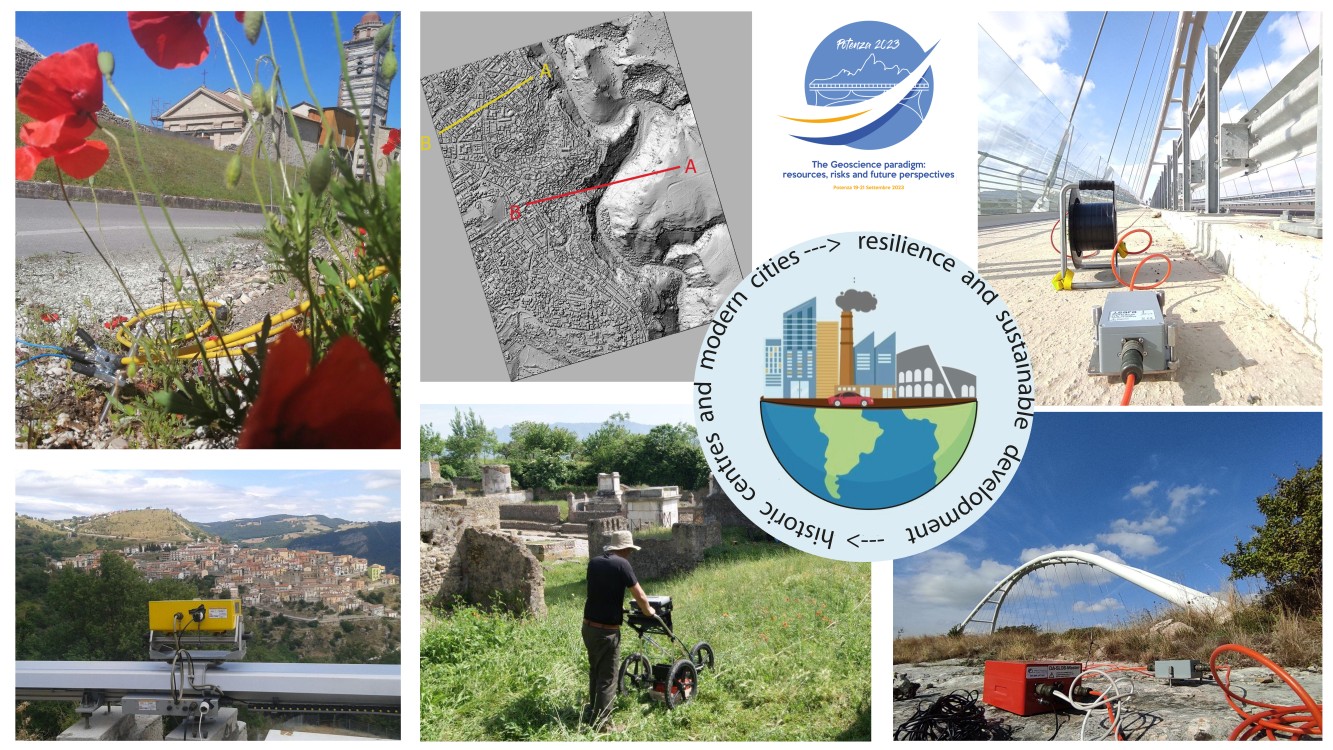- Giuseppe Calamita, CNR - Istituto di Metodologie per l'Analisi Ambientale
- Vincenzo Serlenga, CNR - Istituto di Metodologie per l'Analisi Ambientale
- Luigi Capozzoli, CNR - Istituto di Metodologie per l'Analisi Ambientale
- Iolanda Gaudiosi, CNR - IGAG
- Valeria Belloni, Università di Roma La Sapienza
Since ancient times, people decided to settle in fixed places, thus launching the on-going urbanisation process which expects the two-thirds of the overall humanity living in cities by 2050. Cities will then become increasingly complex systems where natural processes interact with social environment.
The pursuit of sustainable development of cities requires responsible urban planning policies, feasible exploitation of subsurface resources, protection of cultural heritage sites and maintenance of critical structures and infrastructures. In this context geosciences are called upon to play a major role in shaping resilient communities.
In-situ and remote sensing geophysics offer non-invasive, high-resolution methods able to gain insights on the properties of the built environment, surface and subsurface and on their interactions in urban, outskirts, peri-urban and industrial areas. These methods enable the modelling of surface/subsoil components and natural processes occurring therein, the detection and monitoring of natural and anthropic resources, and supporting the planning of tailored mitigation actions against natural risks.
The session promotes the sharing of novel strategies for geophysical surveys (in-situ, ground-based, UAS, airborne and satellite systems), and integrated data analyses dedicated to providing solutions to combat today's challenges in historic centres and modern cities, while also addressing the preservation of cultural heritage.
sustainability, resilience, natural and anthropic resources, built environment, geophysics, remote sensing.

